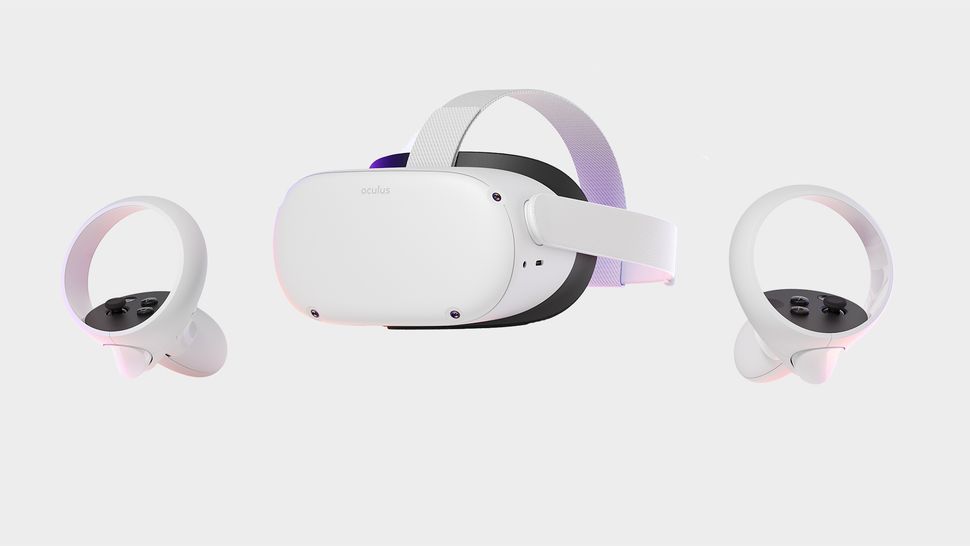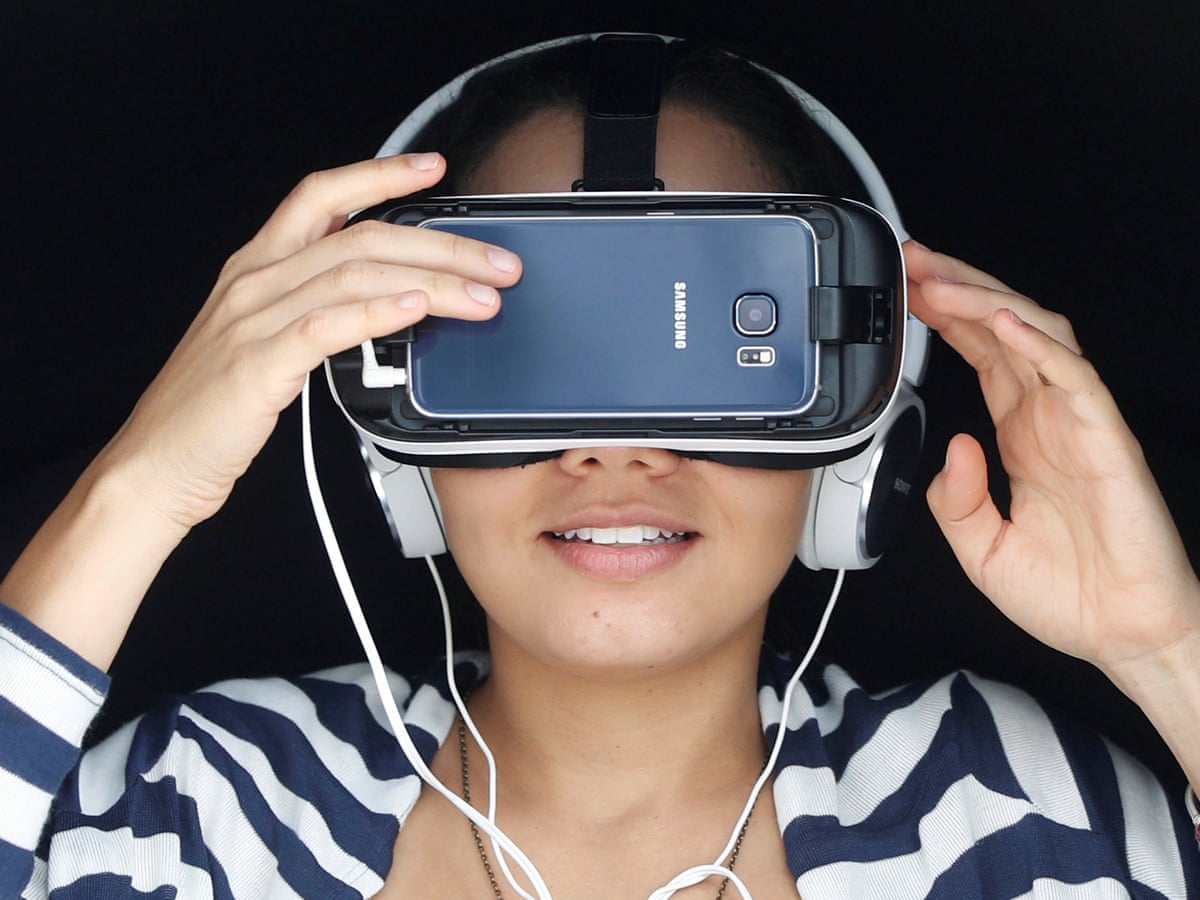

Keep an eye on content and age ratings when selecting single-player and multi-player VR apps.


#BEST VR HEADSET FOR GAMING HOW TO#
Virtual reality games for kids: How to choose age-appropriate apps Plan to watch a few rounds with your kids to make sure the play space is safe.Ĭonsider using a device to cast the gameplay onto a TV, so you can also monitor what’s happening in the headset. Some VR headsets suggest you set up a virtual space, or a virtual game board.
#BEST VR HEADSET FOR GAMING FREE#
Set up a VR play space that’s free from clutter or furniture. You might also consider standing by and watching kids as they get started to make sure that your VR room is ready for prime time. While immersed in these high-tech worlds, virtual reality experiences can leave you unaware of surrounding real-world objects.Ĭonsider taking 5–10 minutes for gamers to orient themselves to new play areas and get a sense of their positioning in the room before starting the game. They also suggest making these play spaces away from doorways, walls and staircases. Many VR headsets recommend that a VR room or play space should be an open area at least 6.5' x 6.5' that’s free from furniture or clutter that could be bumped into or tripped over. Review the product’s health and safety guidelines. Teens should follow the 20-20-20 rule anytime they use screens, including VR: Take a 20-second break every 20 minutes to look at something 20 feet away. Most VR headsets are not designed for children under the age of 13. These product-based age ratings simply provide a helpful snapshot of which age groups the manufacturer has designed the product for.įollow the product guidelines.

So look for the recommended age ranges on the box. Generally speaking, most VR headsets are not designed for children under the age of 13, and there’s a variety of reasons: a child’s eyesight is still developing, VR can make even some adults feel motion sickness, and there’s not enough research yet about the long-term effects for children. Some, though not all, headsets come with built-in parental controls, which can limit access to inappropriate content, connectivity options, login times and more. VR headsets also offer access to a world of music, movies, games and multi-player social experiences. When you’re wearing a VR headset, it can feel as if you’re doing loop-de-loops on a rollercoaster, walking through the streets of Rome or skiing down a mountain slope. Inside the headsets are two stereoscopic lenses, one for each eye, facing an LED screen that distorts the image and makes it appear more lifelike (kind of like the old View-Master toys, but way more high tech). These headsets are just one of several gateways to the metaverse, a virtual reality space where users, typically in the form of digital avatars, can interact with other users and computer-generated environments. Virtual reality hardware usually includes a headset, motion-tracking sensors and cameras, hand controllers, and sometimes also includes built-in headphones and speakers that create 3D sound effects. That said, here’s what you need to know about bringing VR into your home. The best VR headsets and games for kids have the potential to introduce children to a world of immersive experiences and interactions-and a few literal stumbles while kids get used to playing with a headset on. Is virtual reality (VR) becoming a reality in your house?Īs a futurist keynote speaker, parent and author of Parenting High-Tech Kids, I often remind families to set some house rules for the use of any new technology-especially VR.


 0 kommentar(er)
0 kommentar(er)
